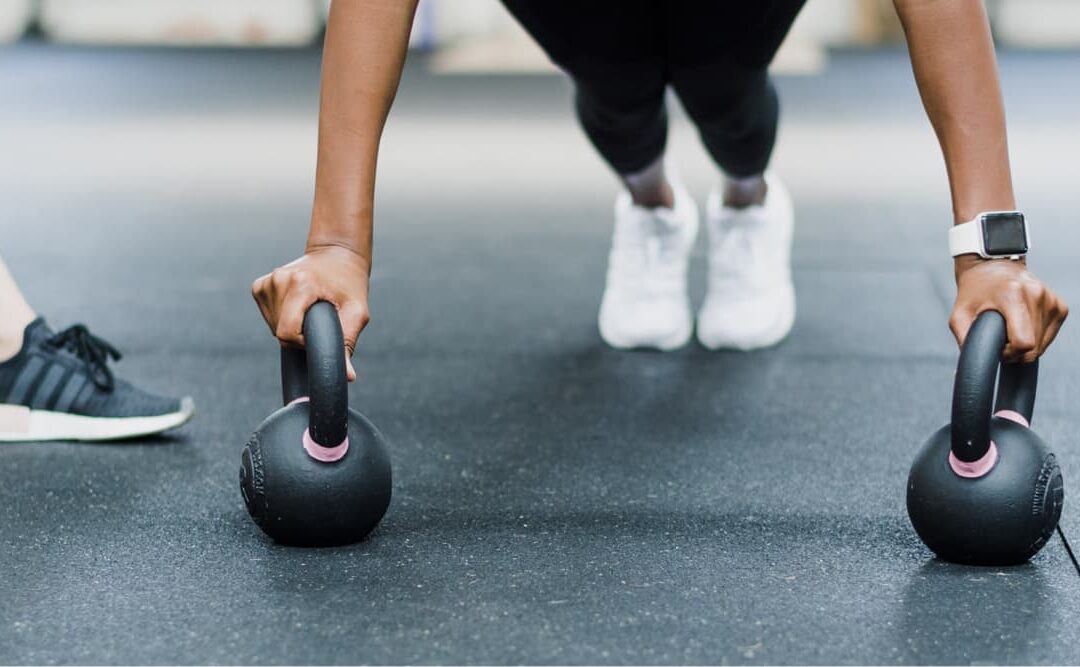When it comes to strength training or any form of physical exercise, people often obsess over how much weight they can lift. But here’s the truth: the number on the bar doesn’t mean a thing if your form is garbage.
Form isn’t just important — it’s everything.
Lifting Heavy Doesn’t Equal Lifting Smart
Let’s clear this up first: pushing your limits can be a good thing, but doing it with bad mechanics is a shortcut to the injury list. Whether it’s a blown-out shoulder from a sloppy bench press or a herniated disc from poor deadlift posture, bad form turns progress into pain, fast.
It’s not just about what you’re lifting. It’s how you lift.
The Real Function of Form
Form is the foundation. It keeps your joints aligned, activates the right muscles, and distributes force evenly across your body. Good form:
- Reduces unnecessary strain on tendons and ligaments
- Helps muscles fire in the correct sequence
- Prevents compensations that lead to chronic injuries
In other words, it’s your built-in injury prevention system.
Why Beginners (and Vets) Get This Wrong
There’s this pressure — especially in gyms — to show off. People pile on weight before their body is ready. Social media doesn’t help either. You see a 19-year-old deadlifting 500 pounds with a rounded back, and he might get away with it for a while. But that back won’t last.
Even experienced lifters can fall into the ego trap. They let form slide to hit PRs. But longevity in training comes from consistency, not hero lifts.
Light Weight, Heavy Focus
Here’s the part that feels counterintuitive: you can get stronger faster by training with lighter weight and perfect form than going heavy with poor execution. That’s because:
- You’re actually training the correct movement pattern
- You’re strengthening stabilizer muscles that protect joints
- You’re building strength on a solid technical base
Progress isn’t just about adding plates. It’s about mastering control.
Form First, Always
Whether you’re lifting, running, squatting, or even doing push-ups — your technique dictates the outcome. If your form breaks down, the risk spikes. Simple as that.
So before you crank up the weight:
- Nail the movement
- Record yourself and review your mechanics
- Get feedback from a coach or trusted training partner
- Prioritize mobility and warm-up drills
It’s not sexy. But it’s how you stay in the game for years, not months.
The Bottom Line
Chasing numbers without control is a fast track to injury. Good form isn’t optional — it’s the standard. If you care about results, longevity, and keeping your body intact, stop obsessing over how heavy you lift.
Master the movement. The weight will follow.

